Domke F-6 ‘Little Bit Smaller’ bag
$ 109 | Tiffen.com
 |
| The F-6 ‘Little Bit Smaller’ bag is a similar but more compact alternative to Domke’s iconic F-2. |
Domke is among the most famous names in the pantheon of camera bag makers, and for good reason. The company makes some of the toughest and most practical bags on the market. Traditionally aimed at photojournalists, Domke’s bags are usually tough, somewhat on the heavy side, very accessible, and capable of accommodating a surprising amount of gear. I’ve been using an F-6 for about three years now, and it’s accompanied me on trips all over the world. This is my long-term test.
Key Features:
- Weight: 740g (1.6lb) with second strap attached, including foam insert
- Exterior dimensions: width: 11.5″ depth: 7″ height: 7.5″
- Interior dimensions (main compartment): width: 11.25″, depth: 5.5″, height: 7″
- One outer zipped pocket, one inner zipped pouch, one open rear pouch
- Comes with one 4-compartment foam insert (removable)
- Machine washable (non-Ballistic and non-RuggedWear versions only).
Design
The F-6, also known as the ‘Little Bit Smaller’ bag belongs to what Domke now calls the ‘Heritage’ range, and shares a lot of characteristics with the venerable (and a Little Bit Bigger) F-2. Most obvious are the F-6’s box-shaped main compartment and distinctive clamshell top, which is secured with two sturdy metal clips to the front of the bag. The bag isn’t really ever ‘closed’ as such (even with the clips secured, it’s still possible to slip your hand into the main compartment if you try hard enough) but this design has the advantage of allowing quick one-handed access to either end of the main compartment without fiddling with any zips.
 |
| A large front pocket is big enough for a small mirrorless or rangefinder camera, but is most useful for odds and ends like memory card wallets, snacks and spare batteries. |
There are two zips on the F-6 for less often-accessed compartments: one on the large front pocket, and another one inside the top cover that secures a document pouch sewn into its underside. This pouch runs the full length of the top cover, and it’s perfect for instruction manuals, maps or a paperback book or two. Unlike the main compartment, prying fingers will struggle to find or get access to this compartment, so when I’m traveling this is usually where I’ll store my passport and wallet. I’m telling you that in confidence – please don’t spread it around.
 |
The F-6’s main compartment is surprisingly roomy, and can comfortably fit a 2-camera, 3-lens outfit, along with extras like an iPad, and a flash or two. |
 |
With the foam insert removed, the F-6’s main compartment is basically box-shaped. The base is lightly padded, but I usually add a little extra foam padding just in case of accidents. |
The F-6’s main compartment is deceptively capacious, and without the included foam inserts it can easily accommodate a full-size professional DSLR and standard zoom. That’s a lot of weight, though. Where the F-6 really shines is as a bag for smaller camera systems. With the foam insert added, I can fit two slim mirrorless or rangefinder bodies and up to three lenses inside without the F-6 feeling overloaded.
A full-height pouch on the back of the bag is large enough for a notebook, 9.7in iPad Pro, or a couple of paperbacks
Total storage space is augmented by the front pocket, which I generally use for batteries, rolls of film, memory card wallets and other odds and ends but which at a pinch could also house a small mirrorless or rangefinder camera body. A full-height pouch on the back of the bag is large enough for a notebook, 9.7in iPad Pro, or a couple of paperbacks.
 |
| While the clip-to-close design isn’t entirely secure, it has the advantage of allowing very easy access to the main compartment without needing to put the bag down. |
 |
| The clips are easy to undo by feel, meaning you don’t need to take your eyes off the action to reach down and pull out a camera. |
I was inspired to write this review after a recent trip back to the UK to visit family, during which the F-6 amply demonstrated its Tardis-like capacity. When I’m in transit, I tend to use the F-6 to store my most valuable and delicate gear, so that I can keep it all in one place on my lap or by my feet and I don’t have to worry about anything getting bumped around in overhead bins or baggage holds. Over the past couple of years I’ve abused my F-6 in almost every way possible, but I think my recent trip to Seattle to London was the high (or low, depending on how you look at it) point:
- Fujifilm X100F with 28mm lens adapter (main compartment)
- Leica M2 (body-only, tucked vertically into the foam insert)
- Leica 35mm F2 (foam insert)
- Leica 50mm F2 (foam insert)
- reading glasses (foam insert)
- Noise-cancelling headphones (sitting on top of main compartment)
- Bag of nuts (roasted, salted, tucked alongside the headphones on the top of the main compartment)
- Sunglasses (front pocket)
- Memory card wallet (front pocket)
- iPhone power adapter and 1m cable (front pocket)
- Spare X100F battery (front pocket)
- 4 rolls of film (front pocket)
- Dramamine (front pocket)
- 9.7in iPad Pro (inside Logitech keyboard case – rear pouch)
- Paperback (Tom Collins’ ‘Another Roadside Attraction’, thanks for asking – rear pouch)
- Passport (British – inner pouch)
- Wallet (inner pouch)
- Keys (inner pouch)
Clearly this is an insane amount of stuff to cram into a camera bag, but hopefully you get the point. The fact that the stitching has held up to several years of this kind of shameful abuse is also testament to the F-6’s strength and standard of construction, and I only wish I could say the same thing about my shoulder…
In use
In day to day use with a more realistic mirrorless or rangefinder kit, the F-6 is much more manageable. Of course, like all shoulder bags, it can still get pretty uncomfortable after a long day being carried around on my shoulder. The thick fabric strap is nicely textured and rubberized (so it never slips) but it’s unpadded and can dig painfully into my neck after a few hours. Alternating the bag’s position helps, and Domke also makes a dense foam shoulder pad for $ 30 which can be attached if you need a bit of extra padding. I have one and it works well, but it’s bulky and since I try not to overload my F-6 (despite what you might think from the list above) I prefer the way the bag handles without it.
Speaking of straps, the F-6 comes with a short, slim removable strap for hand-carrying the bag. It’s a nice idea, and does make the bag easier to pick up and carry if you’re traveling, but I find it gets in the way, so I relegated mine to the sock drawer – next to the shoulder pad.
 |
| A full-height pouch can be found on the rear of the F-6, which is perfect for an A4 notebook, or an iPad. This is my 9.7in iPad Pro, inside a Logitech keyboard case, pulled out diagonally for illustration. |
In the years since I bought my F-6 I must have walked thousands of miles with it, but it’s held up remarkably well. The rubberized thread sewn into the strap is starting to break up in a couple of spot, the rear pouch has been buffed to a high shine against various (mostly blue, apparently) coats and jackets and there are small holes worn into its corners, but I reckon I’ll fall apart before the bag does. The more expensive F-6B (‘B’ stands for (B)allistic nylon) should theoretically hold up to the rigors of daily use even (B)etter. I should probably throw it into the washing machine at some point and re-wax the canvass but I’m not in any immediate rush.
Bottom line
Is the F-6 perfect? It is not. Although the main compartment has some padding on its base, it’s probably not enough to prevent damage to a heavy camera or lens if you drop the bag from any significant height. I’ve accessorized mine with extra padding from an old unused foam insert, and if I’m carrying a rangefinder, I usually add even more just to avoid any DIY roadside focus recalibration after a knock or fall.
If you’re outside in the wind and weather for several hours, you should expect water to make its way into the main compartment
The F-6 itself can take a fair amount of abuse, but there are limits. For one thing, it’s not particularly waterproof, even when brand new. The heavyweight waxed material does a good job of keeping light rain from getting in, but it soon gets soaked in heavier precipitation and if you’re outside in the wind and weather for several hours, you should expect water to make its way into the main compartment. Of course the older and more worn the canvass gets, the less effective it becomes at repelling moisture. On the plus side, it dries out remarkably quickly and doesn’t tend to retain dampness as long as you can air it out for a few hours.
 |
| This shot shows one of the F-6’s two main clips, which keep the top cover closed. As you can see by the chipped paint, they’ve already held up to a lot of heavy use. The downside of their sturdy metal construction is that they can scratch gear inside the bag if they’re allowed to dangle or fall into the main compartment. |
I love the metal top cover clips for their sturdiness and the ease of access that they provide to the F-6’s main compartment, but because they’re metal they can (and do) scratch cameras and lenses if you let them flop into the main compartment when the cover is unsecured. Just another good reason to be strict about lens caps and protective filters.
I’ve already mentioned the included removable hand-strap – I don’t find it particularly useful, but as a keen cyclist, I wish the F-6 was compatible with a waist strap. When I’m riding my bike the F-6 flops around like mad. A waist strap would help keep it secure. It would also make me look a little bit like a bicycle messenger from the 1940s, and a little bit less like a man about to have a bicycle accident.
The final word
Despite these complaints, the F-6 is undoubtedly the most useful camera bag that I own for everyday photography. There are better options out there for large DSLR and multi-lens kits, but for day-to-day shooting with a compact system, the F-6 is hard to beat. With the foam insert removed, the F-6 is a useful bag for shopping, travel and daily use, too.
What we like:
- Surprisingly capacious
- Sturdy build, extra-tough stitching
- Easy access to main compartment via clips
- Large, secure inner pocket
- Large, zipped front pocket
- Well-sized rear pouch
What we don’t
- Unpadded strap is uncomfortable when bag is fully loaded
- Dangling clips can scratch gear if you’re not careful
- Main compartment never entirely ‘secure’
- Light padding on base of bag
- Not waterproof
Articles: Digital Photography Review (dpreview.com)



















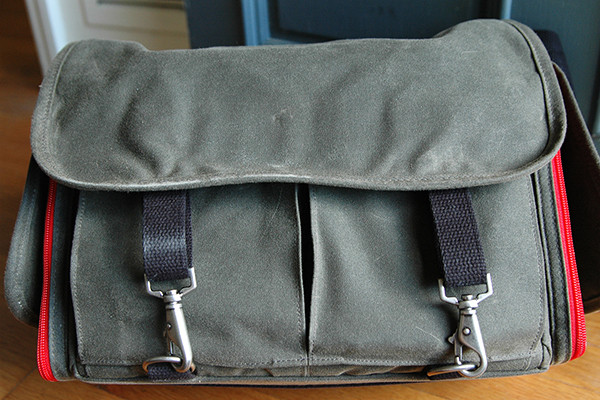

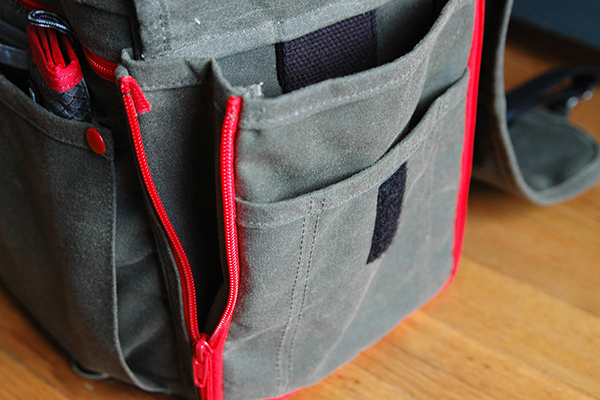
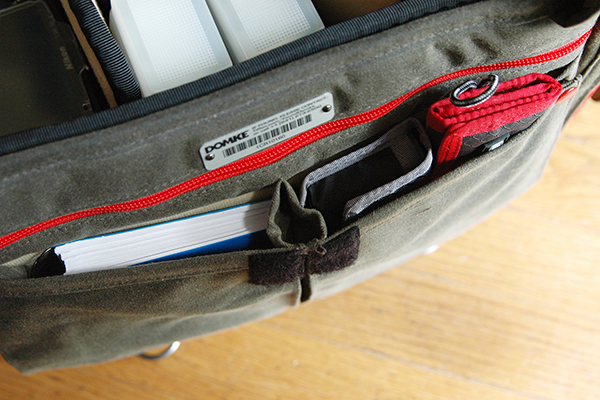

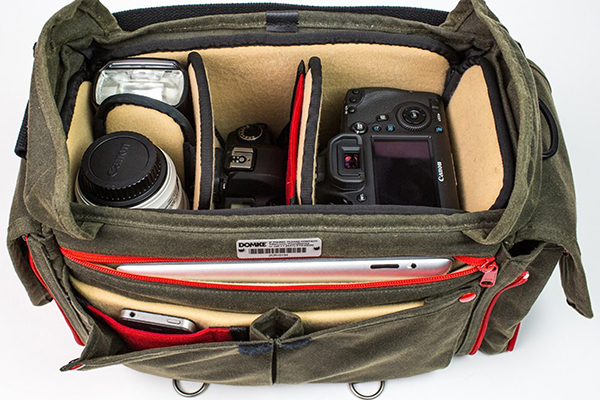

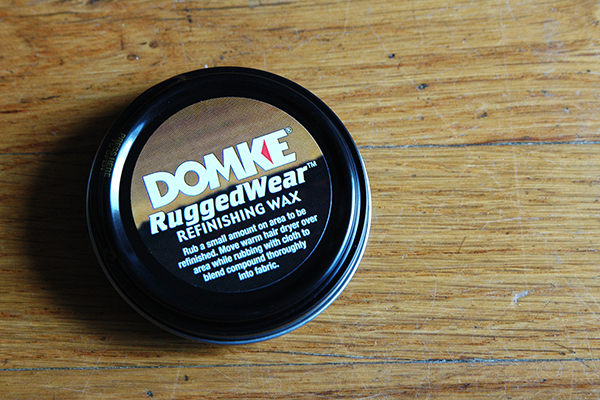
You must be logged in to post a comment.